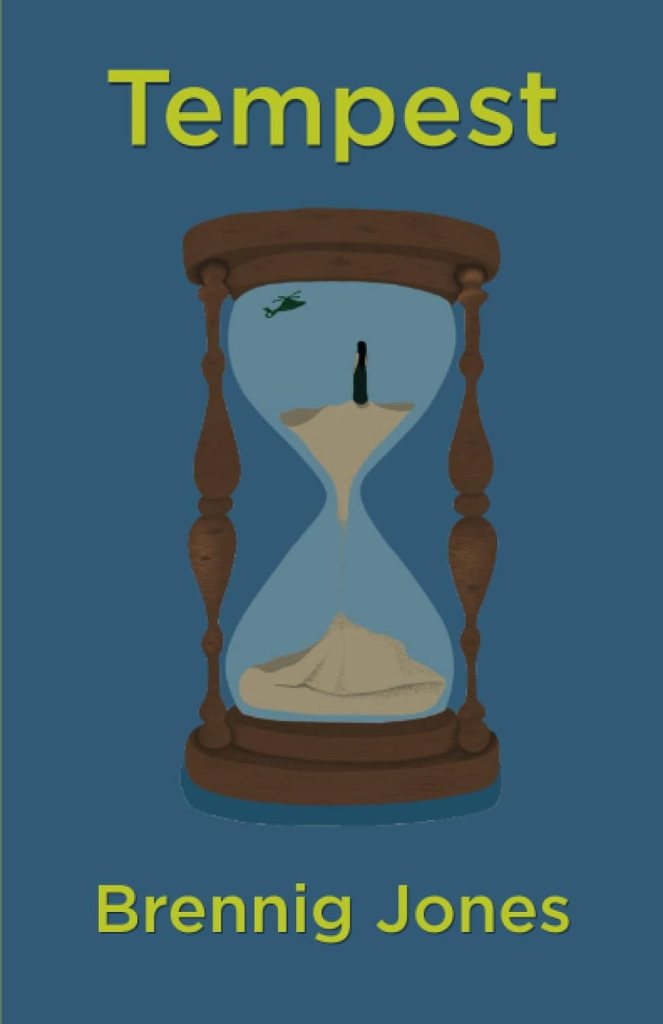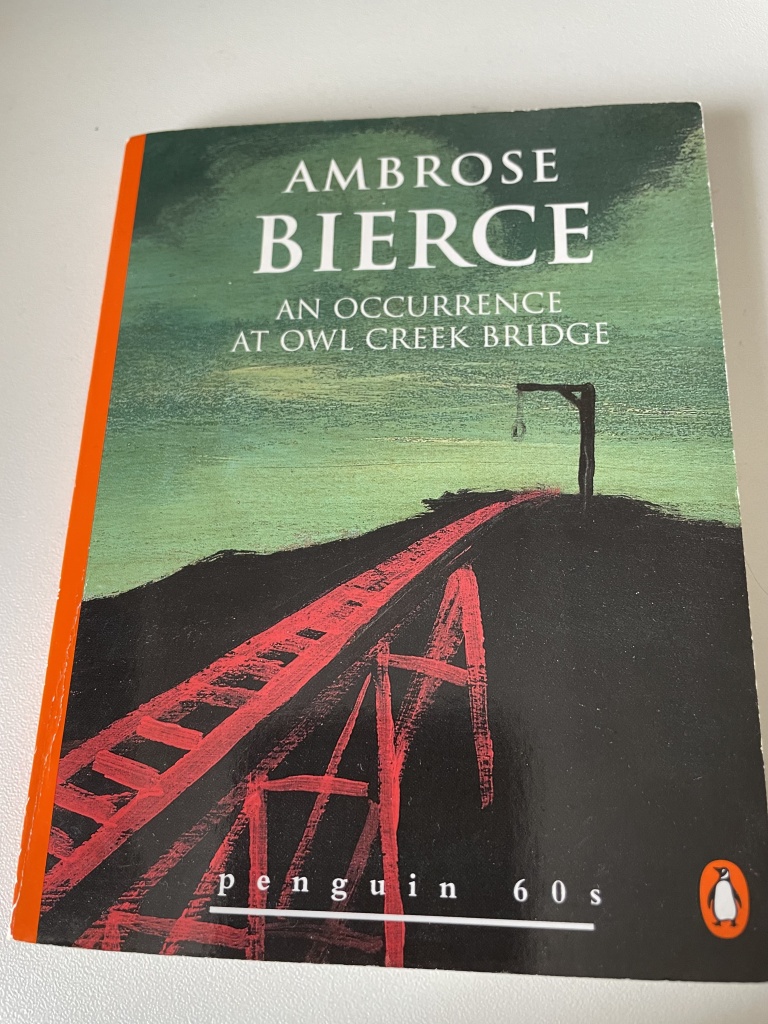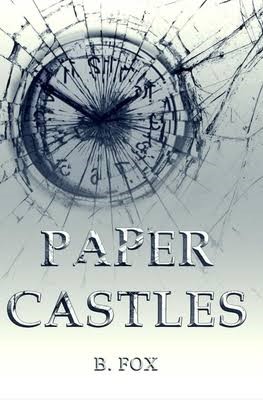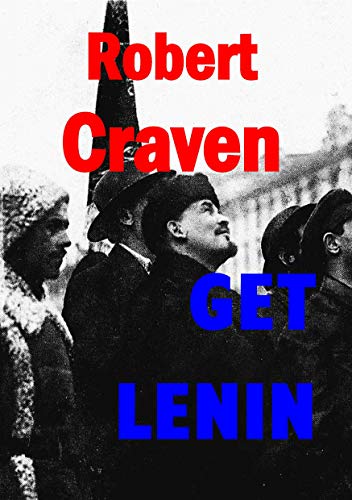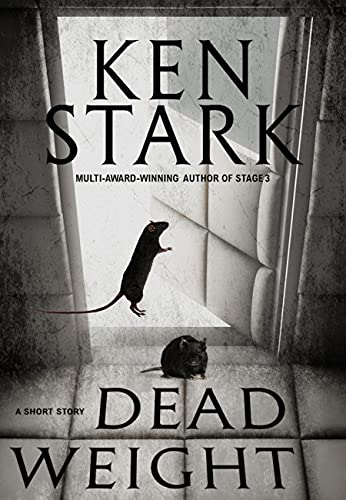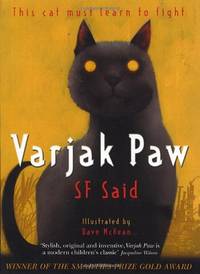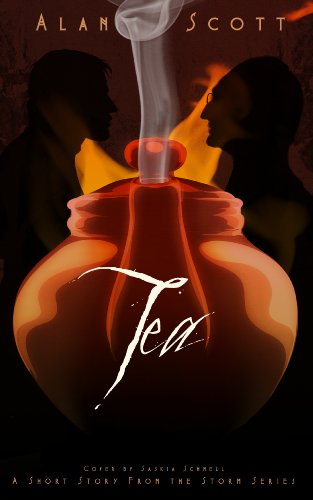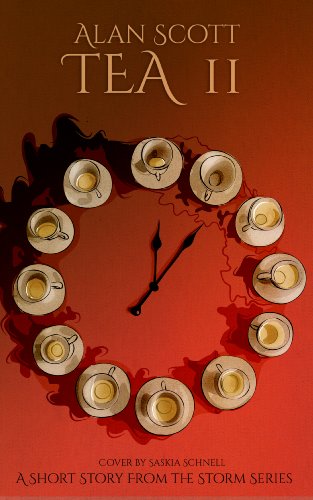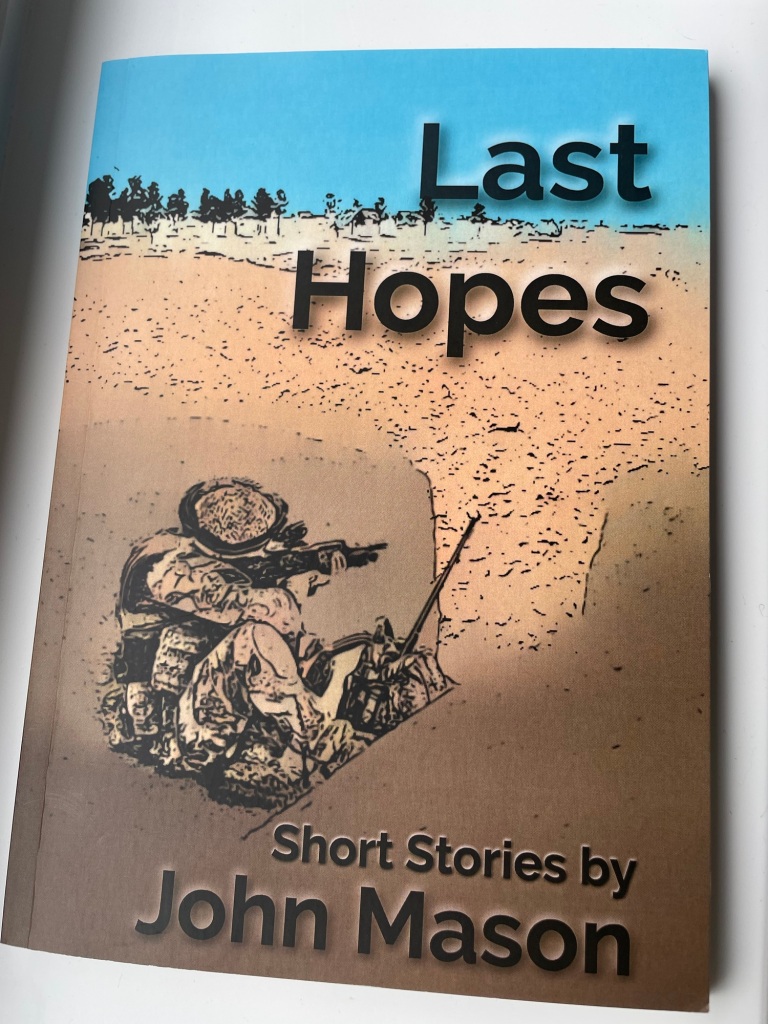
I came across this slim volume of short stories in the Monmouth ‘Health & Social Care Facility’. Written by local veteran, John Mason and also published locally, the profits from the sale of this book are pledged to military charities, which immediately sparked my interest, but in fact these stories are worthy of much wider attention.
The first half of the anthology is dedicated to the theme of ‘Last’. Last … ditch; straw; refuge; laugh; man; gasp; resting place; minute; call; bus; night; chance; judgement; exit; and word, through which the author has imaginatively plumbed a rich seam to good effect. But, then he moves on. As though not satisfied with a paltry fifteen stories, the remainder of the book comprises a similar number of stories under the titular banner of ‘Hopes’. Yet, there is a cogency to the two halves, perhaps two sides of the same coin. The ‘Last’ stories pay tribute to human resilience, the capacity to ‘dig deep’ when circumstances demand and simply not give in. Meanwhile, the complementary ‘Hopes’ stories speak to the human capacity for positive ingenuity, to overcome the unexpected setbacks of life and mash those lemons into lemonade! A combination of self belief, positive perspective and an optimism that reaches beyond wishful thinking, enabling the determined individual to tilt fate in his/her favour, or at least attempt to.
As a veteran myself, I relished the authentic references to varied military experience, but the broad themes and diverse settings for the stories ensure a wider appeal too and the collection is much more thought-provoking than stale war-time parodies and wreaked of unsentimental realism. Indeed a large proportion of the stories are set in civilian life, but I suspect for veteran readers, the tales of re-imagined ‘active service’ may prove the most resonant.
A purist might suggest that some of the examples have strayed into ‘micro-fiction’ territory, that is extremely short stories, but I prefer not to get hung up on story length. After all, the crafting of concise and engaging narratives remains a valuable skill in its own right and almost without exception the author’s instinct for ‘nonfat storytelling’ just feels right. In dedicating his collection to “those brave men and women of our armed forces who daily risk their lives for us in the darker places of this world”, John Mason has shone an interesting light into the gloom and makes a fascinating case for bitesized fiction.

